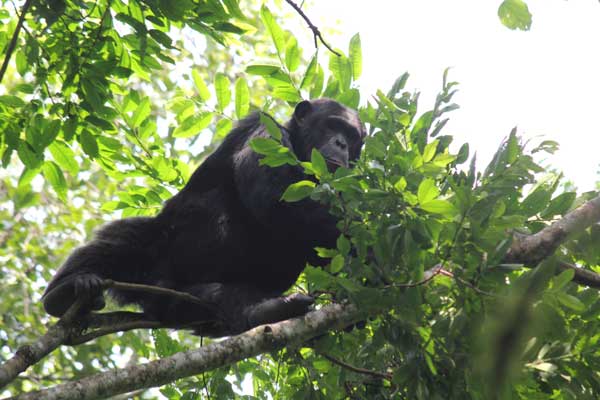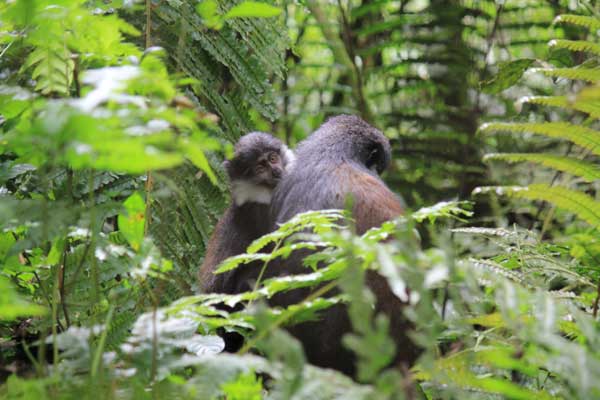Japanese report
AS-HOPE report
Number:AS-22-G010
Observation of wild chimpanzees and training for field research
Report:Tokuyama Nahoko
Date:2010/12/22 - 2011/01/10
In Karinzu forest, I observed chimpanzees for 7 days.
I could observe two groups of chimpanzees.
The group size of M group is about 60 individuals, and that of S group is about 20 individuals.
For my field research training, I traced chimpanzees with tracker, and wrote down their activity in my field notebook.
I recorded the number of chimpanzees and their name every hour, and estimated the party size and the party structure.
I could observed various behavior of chimpanzees, such as feeding, mating, meet eating and begging, rain dance etc.
I observed L'Hoest's monkeys one day.
I could observe two groups encountered and uttered alarm calls each other.
So I supposed that the relationship of the neighbors was oppositional.
I went the small forest in Queen Elizabeth national park.
The forest is surrounded by savanna, and the habitat of one group of chimpanzees.
I couldn't observe them directly, but I was really impressed that chimpanzee's habitat had wide diversity.
I'm sure that this experience of observing wild chimpanzees helps my future study.


AS-HOPE Project< > >
|




